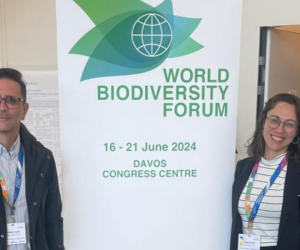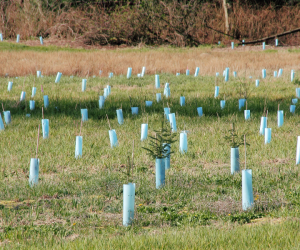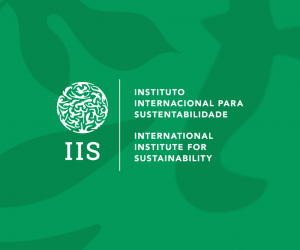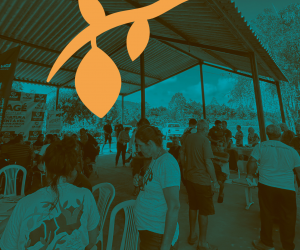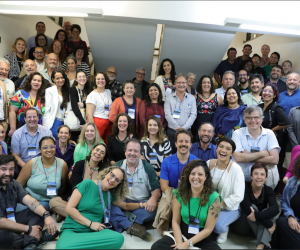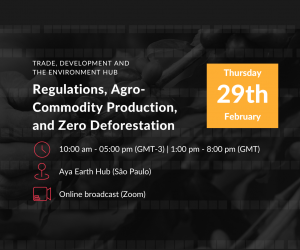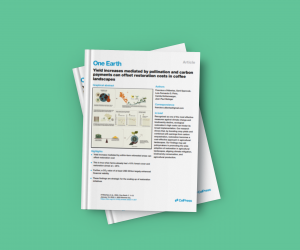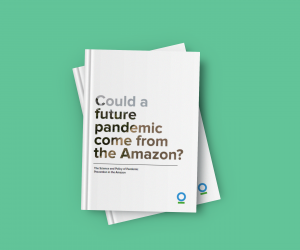News > Release
24.03.21
Rising deforestation puts amazon at risk of becoming virus hotspot
The Amazon Rainforest is at growing risk of becoming an Emerging Infectious Disease (EID) hotspot due to increasing rates of deforestation, reveals an analysis released today by Conservation International.
The analysis, Could a Future Pandemic Come from the Amazon?, calls for urgent action to lessen the chances that another pandemic-causing virus could transfer from wildlife to humans and emerge from the world’s largest tropical forest.
The study and modeling were led by Mariana Vale from the Universidade Federal do Rio de Janeiro and Pablo Marquet from the Pontificia Universidad Católica de Chile. It was supported by eight additional co-authors including Carlos Alberto de Mattos Scaramuzza, technical director of IIS, and scientists from Conservation International Lee Hannah, Patrick Roehrdanz and Jonah Busch.
Deforestation makes contact between humans and the Amazon’s high concentration of virus carrying mammals, like bats for instance, more likely. The increasing risk of virus “spillover” from wildlife to humans makes the region, which includes nine South American countries, a conservation priority if we want to avoid experiencing another global pandemic in our lifetimes.
Using a new model designed to measure the pandemic risk associated with a range of development and deforestation trends, the paper highlights the fact that even a small amount of deforestation – especially if it occurs in pristine previously undisturbed areas – can have a disproportionate impact on the chances a zoonotic virus could emerge.
“The deforestation surge in the Brazilian Amazon in recent years increases the likelihood of a new pandemic rising from the region. The dire situation the region is in with COVID-19 shows how unprepared we are, at the moment, to deal with the emergence of new infectious diseases,” said Vale.
Once a pristine area reaches just 20% deforestation the chance a virus will jump to humans reaches its peak – meaning even a fairly low level of deforestation increases the risk of virus spread. Some regions of the Amazon that are already experiencing deforestation have less than 40% of their original forest cover and have already been at high risk of becoming an EID hotspot. Conversely, areas with low forest cover loss rates (less than 20%) will have a lower number of average spillover scenarios.
The paper shows that investing in preventing deforestation and maintaining a healthy balance between development and conservation in the Amazon would cost a small fraction of the potential economic damage from another future pandemic. The investment would also deliver the additional benefits of protecting human health, slowing climate change, and supporting recognition of Indigenous peoples and their land.
Two key overarching things must happen to help prevent the next pandemic at its source – stopping deforestation and increasing community health initiatives that can positively change the way in which people interact with nature.
Key solutions from the paper include:
- Reinstating strong anti-deforestation policies in Brazil and other Amazonian countries. For example, in 2004 the Action Plan for the Prevention and Control of Deforestation in the Legal Amazon was launched. This set of policies led to a 70 percent deduction of deforestation between 2005 and 2012. Reinstating a similar effort could have big returns for nature and human health.
- Respecting Indigenous lands and land rights. Indigenous lands are historically less vulnerable to destruction. Recognizing the important role and traditional knowledge of Indigenous peoples will support global forest conservation efforts.
- Encouraging global cooperation to prevent pandemics by stopping virus spillover from animals to people. Preventing future pandemics at their source needs to be a collaborative effort with all contributing to the preservation of nature. Proactive investments today will cost the global community trillions less compared to a reactive response later.

